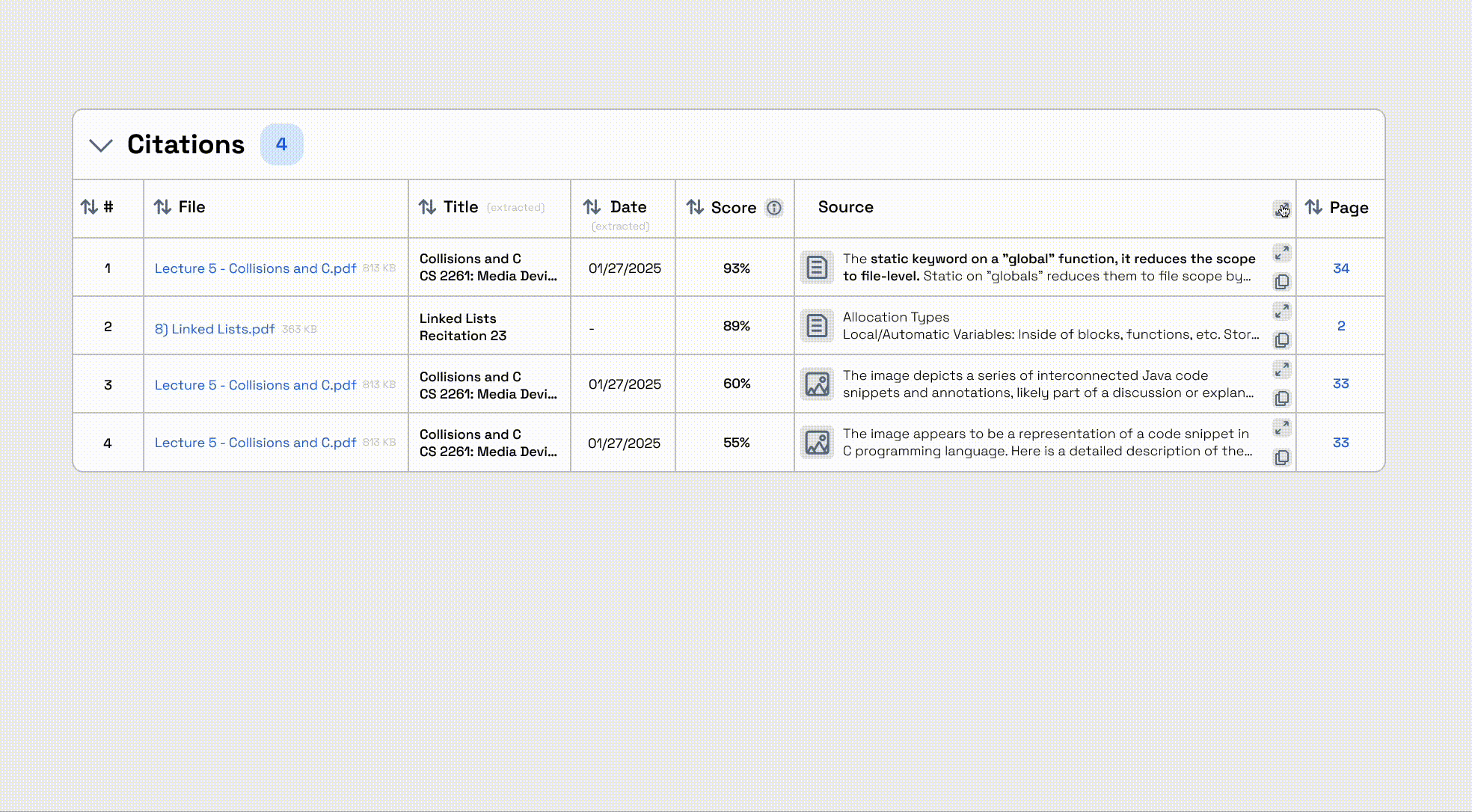Intern Insights: From Ideas to Impact – Enhancing UX in Domain-Specific GenAI
At Articul8, internships aren’t side projects – they’re an invitation to join us in solving some of the hardest challenges in GenAI. Guided by our culture (e42) – practicing humility, daring to do the impossible, and focusing on outcomes – our interns step directly into meaningful work that connects advanced AI with real-world use.
Why UX Matters in GenAI
In complex industries, even the most advanced AI models are only as valuable as the experiences they create for users. Exceptional UX isn’t a finishing touch – it’s the bridge that transforms domain-specific intelligence into adoption, trust, and measurable results. That’s where my internship project came in.
Shaping the UX Enhancement Process
I worked with the Product and Engineering teams to refine our process for critical UX enhancements. These updates might seem small individually, but when applied systematically they help customers verify results, build trust and work faster with our tools.
This focus on meaningful work became clear as I collaborated with the engineering team. Each teammate brought their own perspective and expertise, which challenged me to communicate clearly and adapt to different working styles. Beyond that, having access to mentorship from senior team members was incredibly enriching -- they guided me through technical challenges while sharing insights on problem-solving, best practices, and career growth. Working alongside such experienced professionals gave me both confidence and a deeper understanding of what it takes to succeed in a fast-paced engineering environment.
Starting the program, I quickly recognized that adopting AI successfully requires more than powerful technology -- it demands a seamless user experience. As the engineering team advanced product features, we challenged ourselves to reimagine how smaller UX enhancements were managed -- so that every improvement, no matter the size, contributed to customer outcomes.
What We Improved
We began by centralizing ideas in a dedicated Slack channel, giving visibility across product, engineering, and customer teams. This created a single hub for UX requests and a structured way to track and prioritize them. From there, I joined regular review sessions where enhancements were evaluated not just for feasibility but also for customer value and strategic fit. Finally, I leveraged our UX fork for prototyping, allowing us to test designs in a sandboxed environment before they reached engineering. That step alone helped accelerate timelines.


One highlight was improving ModelMesh™ citations. Citations validate AI responses with customer data, and by redesigning previews and embedding citation popups, we streamlined verification across stakeholders -- a usability upgrade that made validation faster and more intuitive.

The Results
The impact of these changes was immediate. By validating improvements before they reached engineering, we reduced implementation timelines from six weeks down to just one. The streamlined process also enabled us to deliver two to three small but high-impact enhancements each week, keeping the pace of improvements steady without overwhelming the team. To help secure buy-in, I created short demo videos that showcased each enhancement in action, which made it easier for teams to see the value and give feedback quickly. The response across the company was overwhelmingly positive -- what had once felt like incremental fixes began to spark bigger conversations about how thoughtful design directly strengthens trust and adoption.
Reflections
By making UX improvements more visible and connecting them to customer outcomes, we shifted conversations from “what features to build” to “how to make our technology more accessible through better design.” This cultural shift was perhaps the most valuable outcome of my contributions.
The experience reinforced that in AI products, exceptional UX isn’t just a nice-to-have -- it’s the bridge between advanced technology and meaningful user adoption. For Articul8, this UX-centered approach remains critical in transforming our domain-specific AI accuracy into market leadership.